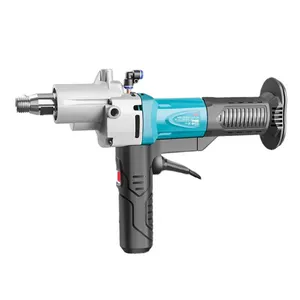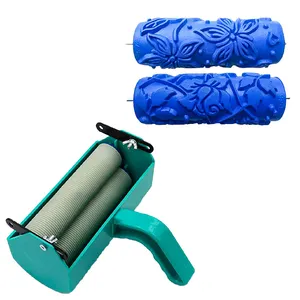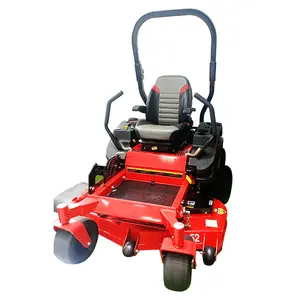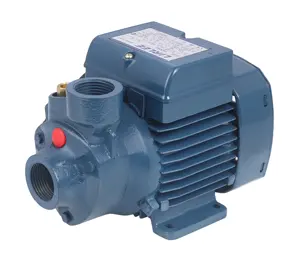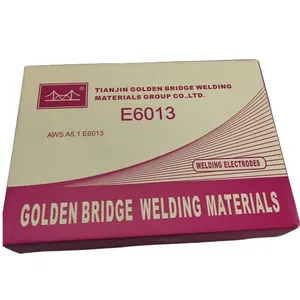Popular in your industry






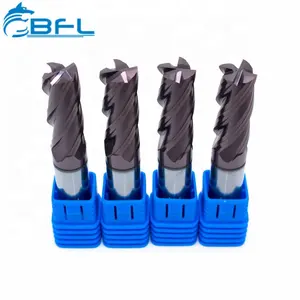


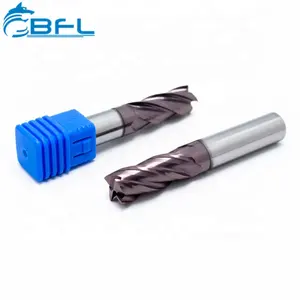



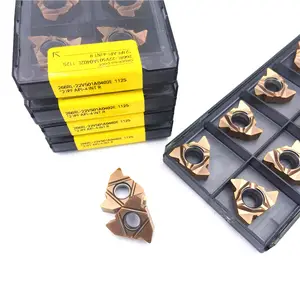

























































Related Searches:
































































































Top categories
About hitachi carbide milling inserts
Introduction to Carbide Milling Inserts
Carbide milling inserts are essential components in modern machining, offering precision and durability for a variety of industrial applications. Hitachi carbide milling inserts stand out in the market for their robustness and versatility, catering to diverse cutting and shaping needs.
Types and Applications
The utility of carbide inserts for milling extends across operations, from simple cuts to complex grooves. These inserts come in various shapes to match specific tasks, ensuring efficiency and accuracy. Their application is widespread in sectors requiring meticulous work, such as aerospace, automotive, and metal fabrication.
Features and Materials
Carbide cutting tools are composed of a compound of carbon and tungsten, renowned for maintaining hardness even at high temperatures. This attribute is crucial for high-speed cutting operations, where precision is paramount. The robust nature of these tools allows for consistent performance in demanding environments.
Advantages of Precision Tools
The advantages of using precision carbide tools are manifold. They provide exceptional wear resistance, longer tool life, and the ability to achieve finer finishes on workpieces. Additionally, the adaptability of indexable carbide inserts means they can be rotated or replaced with ease, enhancing the workflow and reducing downtime.
Optimizing Machining Operations
For those seeking to optimize their machining operations, the use of high-performance milling inserts is a game-changer. These tools are designed for a broad range of operations, including sanding, drilling, and deformation, facilitating the creation of symmetrical objects with precision.
Selection and Adaptability
Selecting the right carbide milling inserts is crucial for achieving desired outcomes. Their adaptability allows for quick adjustments in location and depth, streamlining the machining process. This flexibility ensures that various dimensions can be covered efficiently, simplifying the task of changing out cutters.
